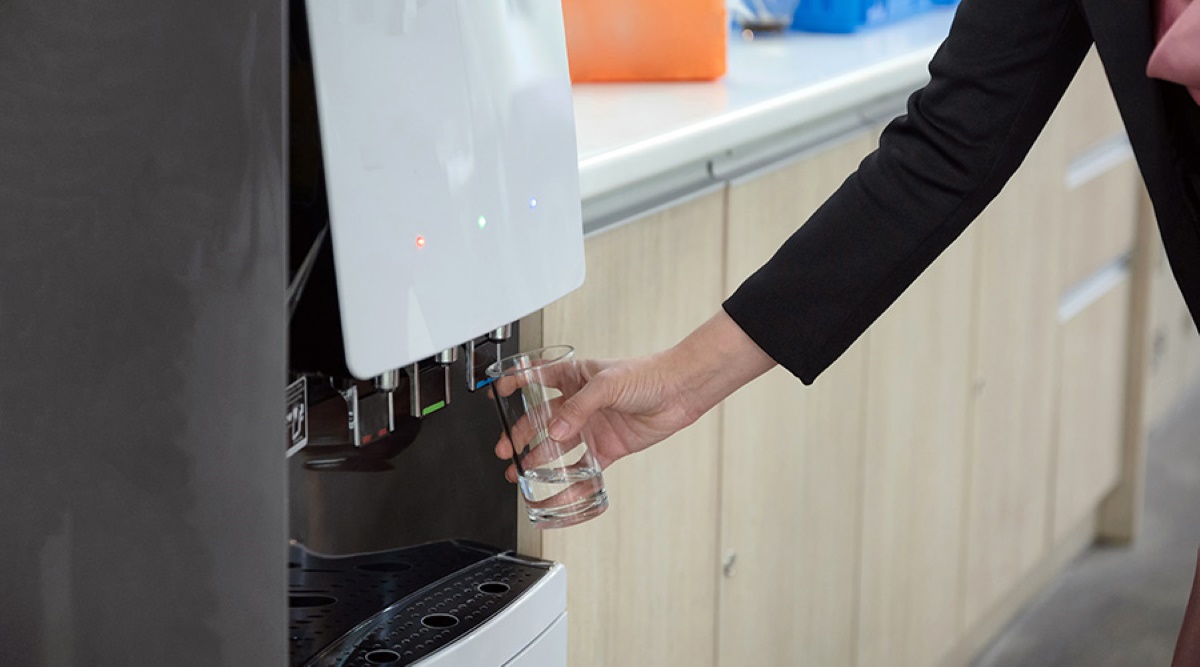

Articles
How Does Water Dispenser Work
Modified: February 22, 2024
Discover how water dispensers work and get valuable insights with our informative articles on this topic. Enhance your understanding and make informed decisions about water dispensers.
(Many of the links in this article redirect to a specific reviewed product. Your purchase of these products through affiliate links helps to generate commission for Storables.com, at no extra cost. Learn more)
Introduction
Water dispensers have become a common appliance in many households and offices, providing convenient access to refreshing, clean drinking water. They offer a convenient alternative to traditional water sources, such as faucets or water bottles. But have you ever wondered how a water dispenser works?
In this article, we will explore the different types of water dispensers, the components that make them function, their working principles, the process of dispensing water, and the importance of maintenance and cleaning. By the end of this article, you will have a better understanding of how water dispensers work and why they have become such a popular choice for hydration.
Key Takeaways:
- Water dispensers provide convenient access to clean, refreshing drinking water with various types and components, working on simple yet effective principles. Regular maintenance ensures longevity and optimal performance, offering numerous benefits over traditional water sources.
- Understanding the types, components, working principles, and maintenance of water dispensers highlights their convenience, cost-effectiveness, and environmental friendliness. Choosing the right dispenser and following maintenance guidelines ensures a continuous supply of clean, safe, and refreshing drinking water.
Read more: How Does A Hot Water Dispenser Work
Types of Water Dispensers
Water dispensers come in various types, each designed to cater to different needs and preferences. Here are the most common types of water dispensers:
- Top-Load Water Dispensers: These are the traditional water dispensers where you need to manually lift and place a large water bottle on top of the dispenser. They are cost-effective and suitable for smaller households or office spaces.
- Bottom-Load Water Dispensers: These dispensers have a hidden water reservoir at the bottom. Users simply need to connect the dispenser to a water source, and the dispenser automatically fills the reservoir. This eliminates the need for lifting heavy water bottles.
- Countertop Water Dispensers: As the name suggests, these dispensers sit on the countertop and are ideal for compact spaces. They can dispense both hot and cold water and are often equipped with additional features like filtration systems.
- Freestanding Water Dispensers: These are standalone units that can be placed anywhere in the room. They are larger in size and can accommodate standard-sized water bottles. Freestanding water dispensers often provide hot, cold, and room temperature water options.
- Wall-Mounted Water Dispensers: These dispensers are mounted on the wall, saving valuable floor space. They are commonly found in commercial establishments such as gyms, schools, and office buildings.
When choosing a water dispenser, consider factors such as space availability, the amount of water consumption, and the desired temperature options. Each type of dispenser has its own advantages and features, so choose the one that best suits your needs and preferences.
Components of a Water Dispenser
A water dispenser consists of several key components that work together to provide clean and refreshing drinking water. Here are the main components found in a typical water dispenser:
- Water Storage Tank: This is where the water is stored before it is dispensed. It can vary in size, depending on the type and capacity of the water dispenser.
- Cooling and Heating Systems: Water dispensers are equipped with both cooling and heating systems to provide water at different temperatures. The cooling system uses a refrigeration unit or an electric cooling mechanism to chill the water, while the heating system utilizes a heating element to heat the water.
- Filtration System: Many modern water dispensers come with built-in filtration systems to purify the water before it is dispensed. These systems ensure that the water is free from impurities and contaminants, providing clean and safe drinking water.
- Dispensing Mechanism: The dispensing mechanism is responsible for releasing the water from the storage tank. It typically consists of a faucet or a nozzle that can be easily operated to dispense the desired amount of water.
- Control Panel: The control panel is where users can adjust the temperature settings, control the flow of water, and access additional features such as an LED display or a child lock function.
- Water Bottle or Reservoir: In some water dispensers, especially those that require manual loading, a water bottle or reservoir is used to hold the water before it is transferred to the storage tank. This bottle can be easily removed and replaced when empty.
- Water Level Sensor: To ensure that the dispenser knows when to stop filling the storage tank, a water level sensor is used. This sensor detects the water level in the tank and activates or deactivates the water flow accordingly.
These components work together harmoniously to provide a seamless and reliable water dispensing experience. It is essential to choose a water dispenser with high-quality components to ensure its durability and efficiency.
Working Principles of a Water Dispenser
A water dispenser operates on a simple yet effective mechanism to provide cool or hot water whenever you need it. The working principles can vary slightly depending on the type of dispenser, but the basic process remains the same. Here’s how a typical water dispenser works:
- Water Storage: The water dispenser is connected to a water source, either through a water bottle or a direct water supply. The water is then stored in a reservoir or tank within the dispenser.
- Cooling or Heating Process: If the dispenser is equipped with a cooling or heating system, it activates once the water is stored. For cooling, the refrigeration unit or electric cooling mechanism lowers the temperature of the water. For heating, a heating element raises the temperature to the desired level.
- Filtration (if applicable): If the water dispenser has a built-in filtration system, it purifies the water before it is dispensed. The filtration system helps remove impurities and contaminants, ensuring that you have clean and safe drinking water.
- Dispensing: When you activate the dispensing mechanism, usually by pressing a button or turning a faucet, the water starts to flow from the storage tank. The flow can be controlled to dispense the desired amount of water.
- Temperature Control: Depending on your preference, you can adjust the temperature settings using the control panel of the dispenser. This allows you to get cold water for a refreshing drink or hot water for brewing a cup of tea or coffee.
- Water Level Monitoring: To prevent overflow or running out of water, water dispensers typically have a water level sensor that monitors the water level in the storage tank. This ensures that the dispenser stops filling when the tank is full or activates the filling process when the water level drops.
These working principles allow water dispensers to provide convenient access to clean, cool, or hot drinking water. Whether you prefer a refreshing glass of cold water or a warm cup of tea, a water dispenser has you covered.
A water dispenser works by using a reservoir of water, a heating or cooling element, and a pump to dispense water at the desired temperature. The heating or cooling element adjusts the water temperature, while the pump delivers the water through the spigot.
Process of Dispensing Water
The process of dispensing water from a water dispenser is straightforward and user-friendly. Here is a step-by-step guide on how the dispensing process typically works:
- Select the desired temperature: Most water dispensers allow you to choose between hot, cold, and room temperature water. Use the control panel or buttons to select the temperature setting that suits your needs.
- Activate the dispensing mechanism: Depending on the type of dispenser, you may need to press a button or turn a faucet to activate the water flow. The dispenser will start releasing water once the mechanism is activated.
- Position your cup or bottle: Hold your cup or bottle underneath the dispensing nozzle or faucet. Make sure it is positioned properly and is ready to collect the water.
- Dispense the water: Once your cup or bottle is in place, push the designated button or lever to release the water. The flow will start, and the water will be dispensed directly into your container.
- Control the water flow: Some water dispensers have adjustable water flow settings, allowing you to control the speed of water dispensing. Adjust the flow rate according to your preference or the size of your container.
- Stop the water flow: To stop the water from dispensing, release the button or lever that activates the flow mechanism. The dispenser will cease releasing water, and the flow will come to a halt.
- Remove your cup or bottle: Lift your cup or bottle away from the dispensing area once you have collected the desired amount of water. Make sure to do so carefully to avoid spills or accidents.
The process of dispensing water from a water dispenser is designed to be simple, efficient, and user-friendly. Whether you need a quick sip of cold water or a hot beverage, a water dispenser allows you to conveniently access the water you desire.
Read more: How Does Water Dispenser In Fridge Work
Maintenance and Cleaning of a Water Dispenser
Maintaining and cleaning your water dispenser is essential to ensure the longevity and optimal performance of the appliance. Regular maintenance helps keep the water dispenser hygienic and eliminates any potential issues that might affect the quality of the water. Here are some tips for maintaining and cleaning your water dispenser:
- Read the manufacturer’s instructions: Before performing any maintenance or cleaning tasks, it is crucial to familiarize yourself with the specific guidelines provided by the manufacturer. Follow their instructions to ensure you are properly caring for your water dispenser.
- Replace the water bottle or clean the reservoir: If you have a top-load or bottom-load water dispenser that uses a water bottle, it is essential to replace the bottle when it is empty. This helps prevent the growth of bacteria or algae. For dispensers with a reservoir, clean it periodically according to the manufacturer’s instructions.
- Clean the dispensing area: Wipe down the dispensing area with a clean cloth or sponge regularly. This helps remove any spills or residue that might accumulate over time. Pay extra attention to the nozzle or faucet area to ensure it remains clean and free from any blockages.
- Descale the heating element (if applicable): If your water dispenser has a heating element, it may accumulate mineral deposits over time. Follow the manufacturer’s instructions to descale the heating element and remove any limescale buildup. This helps maintain the heating efficiency and ensures safe and clean hot water.
- Change the filters (if applicable): If your water dispenser has a filtration system, be mindful of the recommended filter replacement schedule. Regularly changing the filters ensures the water is effectively purified and free from impurities. Follow the manufacturer’s instructions for filter replacement.
- Inspect and clean the condenser coils (if applicable): For water dispensers with a refrigeration unit, check the condenser coils periodically and clean them if necessary. Accumulated dust and debris can impact the cooling efficiency of the appliance.
- Regularly sanitize the water dispenser: Sanitizing the water dispenser is important to kill any bacteria or germs that may be present. Use a diluted bleach solution or a food-safe sanitizer recommended by the manufacturer. Follow the instructions carefully and ensure all parts are thoroughly rinsed afterwards.
- Keep the surrounding area clean: To prevent any contamination, make sure the area around the water dispenser is clean and free from dust, dirt, or any potential sources of contaminants that could affect the quality of the water.
Maintaining a clean and well-functioning water dispenser is crucial for providing safe and refreshing drinking water. Regular maintenance and cleaning tasks will ensure that your water dispenser continues to deliver clean, cool, or hot water to quench your thirst.
Benefits of Using a Water Dispenser
Water dispensers offer numerous advantages over traditional water sources, making them a popular choice for households and offices alike. Here are some of the key benefits of using a water dispenser:
- Convenience: A water dispenser provides instant access to clean and refreshing drinking water. Whether you need a glass of cold water, a warm cup of tea, or room temperature water, a water dispenser can accommodate your preferences with just a push of a button.
- Hydration: Having a water dispenser in your home or office encourages regular hydration. With a constant supply of clean water, you are more likely to stay hydrated throughout the day, which is vital for maintaining overall health and well-being.
- Cost-effective: Instead of constantly purchasing bottled water, which can quickly add up in cost, a water dispenser allows you to have a continuous supply of drinking water at a fraction of the price. It is a cost-effective solution in the long run.
- Environmental Friendliness: By using a water dispenser, you are reducing the need for single-use plastic water bottles. This helps contribute to the global efforts of reducing plastic waste and minimizing the carbon footprint associated with the production and disposal of bottled water.
- Purified Water: Many water dispensers are equipped with built-in filtration systems that purify the water, removing impurities, odors, and contaminants. This ensures that the water you drink is clean and safe, providing peace of mind for you and your family.
- Temperature Options: Water dispensers offer a range of temperature options, including cold, hot, and room temperature water. This versatility allows you to enjoy a variety of beverages, from refreshing cold drinks to soothing hot beverages.
- Space-saving: Water dispensers come in various sizes, including countertop or freestanding options. They are designed to take up minimal space, making them suitable for small kitchens or offices where space is limited.
- Improved Taste: The filtration systems in water dispensers help remove chlorine and other contaminants that may affect the taste of tap water. This can result in a cleaner and fresher taste, enhancing your drinking experience.
- Customizable Features: Many modern water dispensers come with additional features such as LED displays, child lock functions, and adjustable water flow. These customizable features enhance the user experience and provide added convenience.
Using a water dispenser offers numerous benefits, from convenience and cost savings to environmental considerations and improved water quality. It is a practical and efficient way to ensure you have access to clean and refreshing drinking water at all times.
Conclusion
Water dispensers have revolutionized the way we access and consume drinking water. Whether it’s in our homes, offices, or public spaces, these appliances provide a convenient and efficient solution for hydration. By understanding the different types of water dispensers, the components that make them function, their working principles, the process of water dispensing, and the importance of maintenance and cleaning, we can fully appreciate the benefits they offer.
Choosing the right water dispenser for your needs, whether it’s a top-load, bottom-load, countertop, freestanding, or wall-mounted model, will depend on factors such as space availability and temperature requirements. Additionally, considering features like filtration systems and customizable options can further enhance your experience with a water dispenser.
Regular maintenance and cleaning are essential to ensure the longevity and efficiency of your water dispenser. By following the manufacturer’s guidelines and performing routine tasks such as changing water bottles, cleaning dispensing areas, and sanitizing the dispenser, you can ensure a continuous supply of clean and safe drinking water.
The benefits of using a water dispenser are numerous. Not only do they provide convenience and cost savings compared to buying bottled water, but they also contribute to environmental sustainability by reducing plastic waste. The availability of purified water at various temperatures, along with improved taste and customizable features, further enhance the overall experience of using a water dispenser.
In conclusion, water dispensers have become an integral part of modern living, offering a convenient and reliable source of clean and refreshing drinking water. With their efficient working principles and easy-to-use mechanisms, they have transformed the way we hydrate ourselves. So, whether it’s a hot summer day or a chilly winter morning, a water dispenser is there to quench your thirst with just a push of a button.
Frequently Asked Questions about How Does Water Dispenser Work
Was this page helpful?
At Storables.com, we guarantee accurate and reliable information. Our content, validated by Expert Board Contributors, is crafted following stringent Editorial Policies. We're committed to providing you with well-researched, expert-backed insights for all your informational needs.
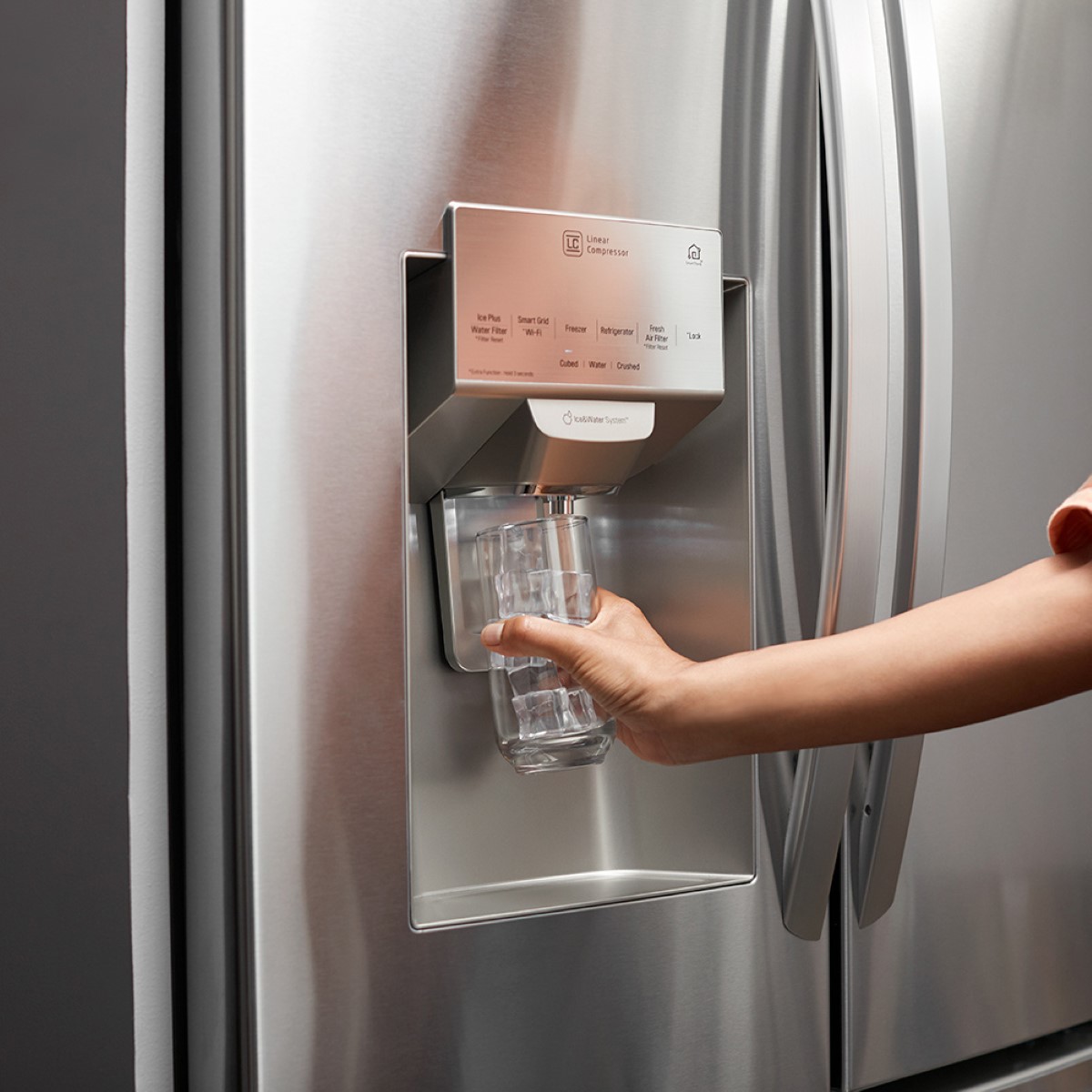
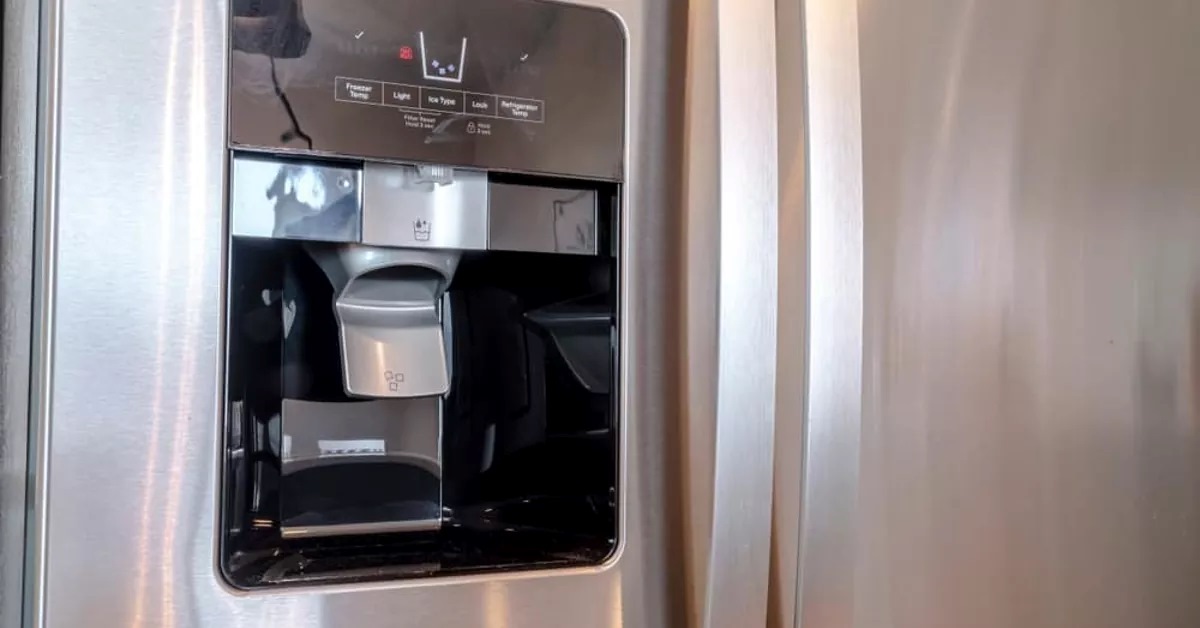
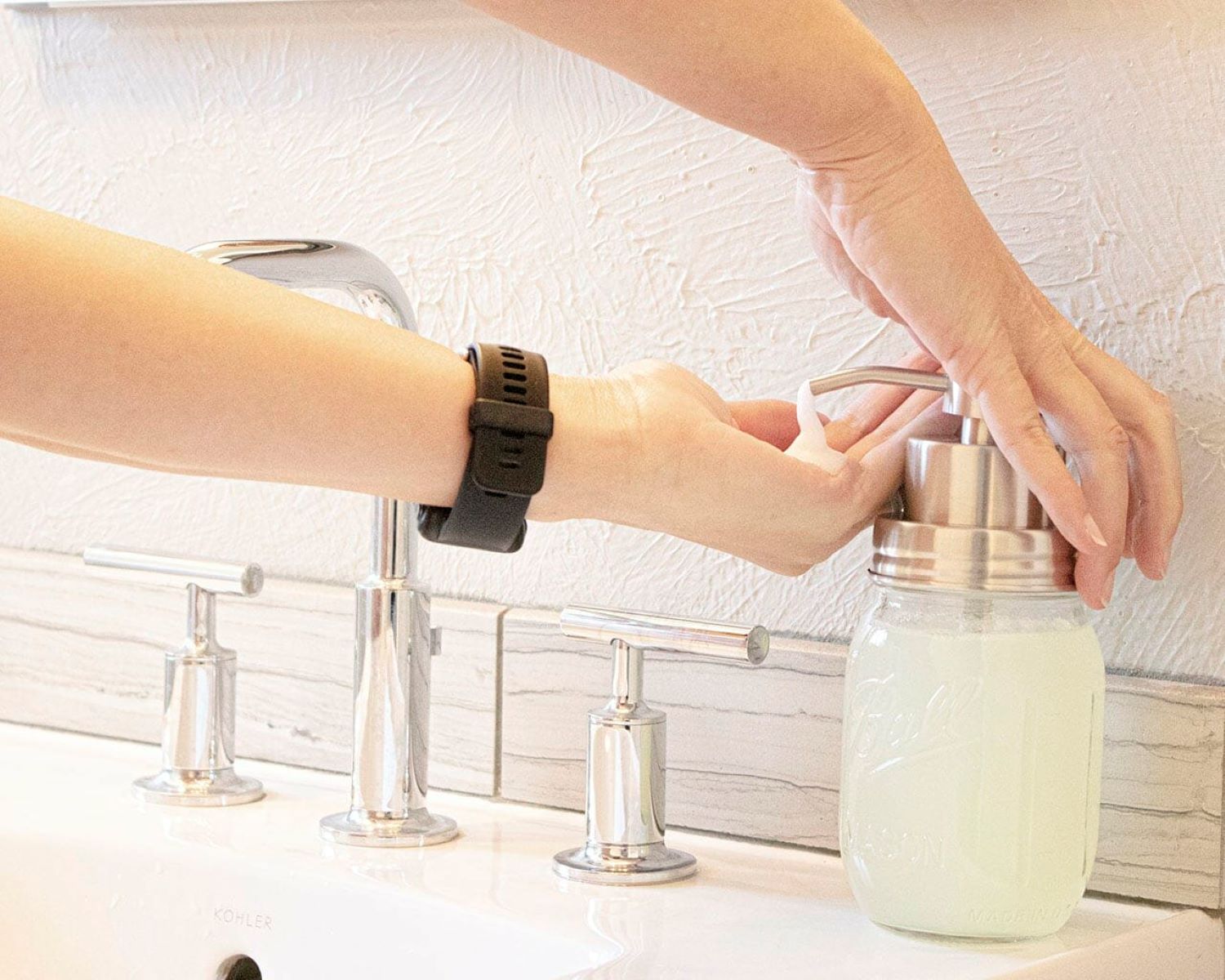
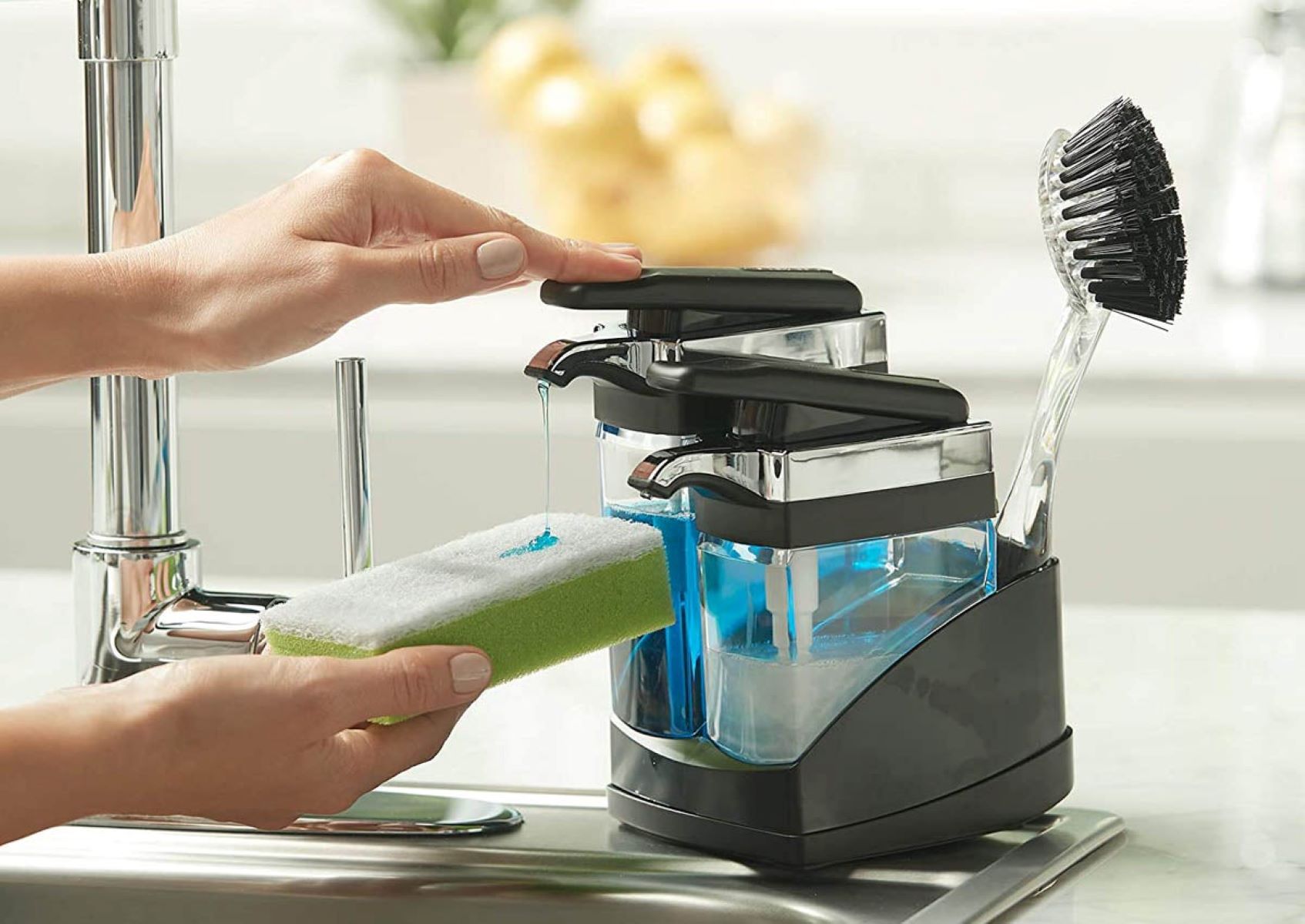
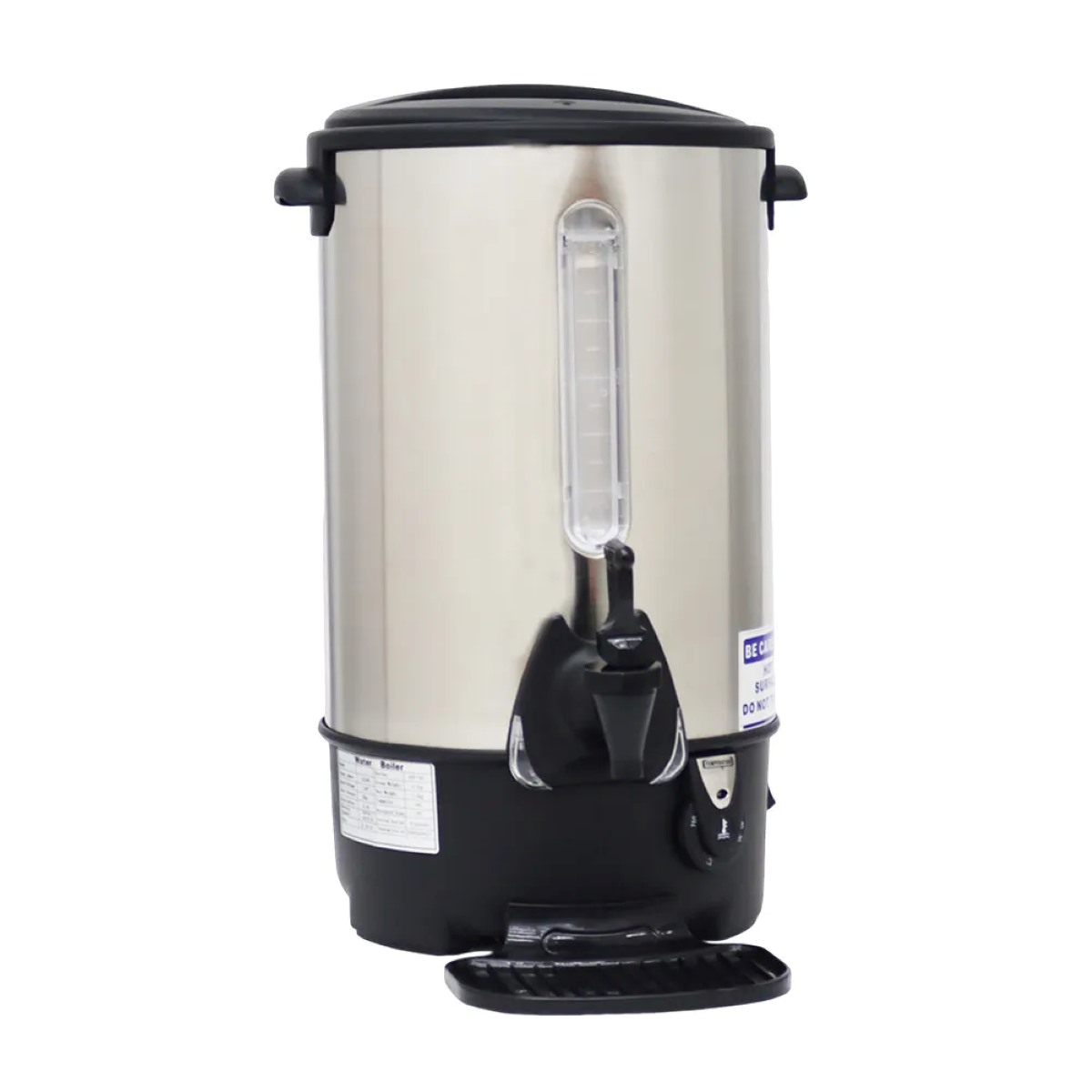
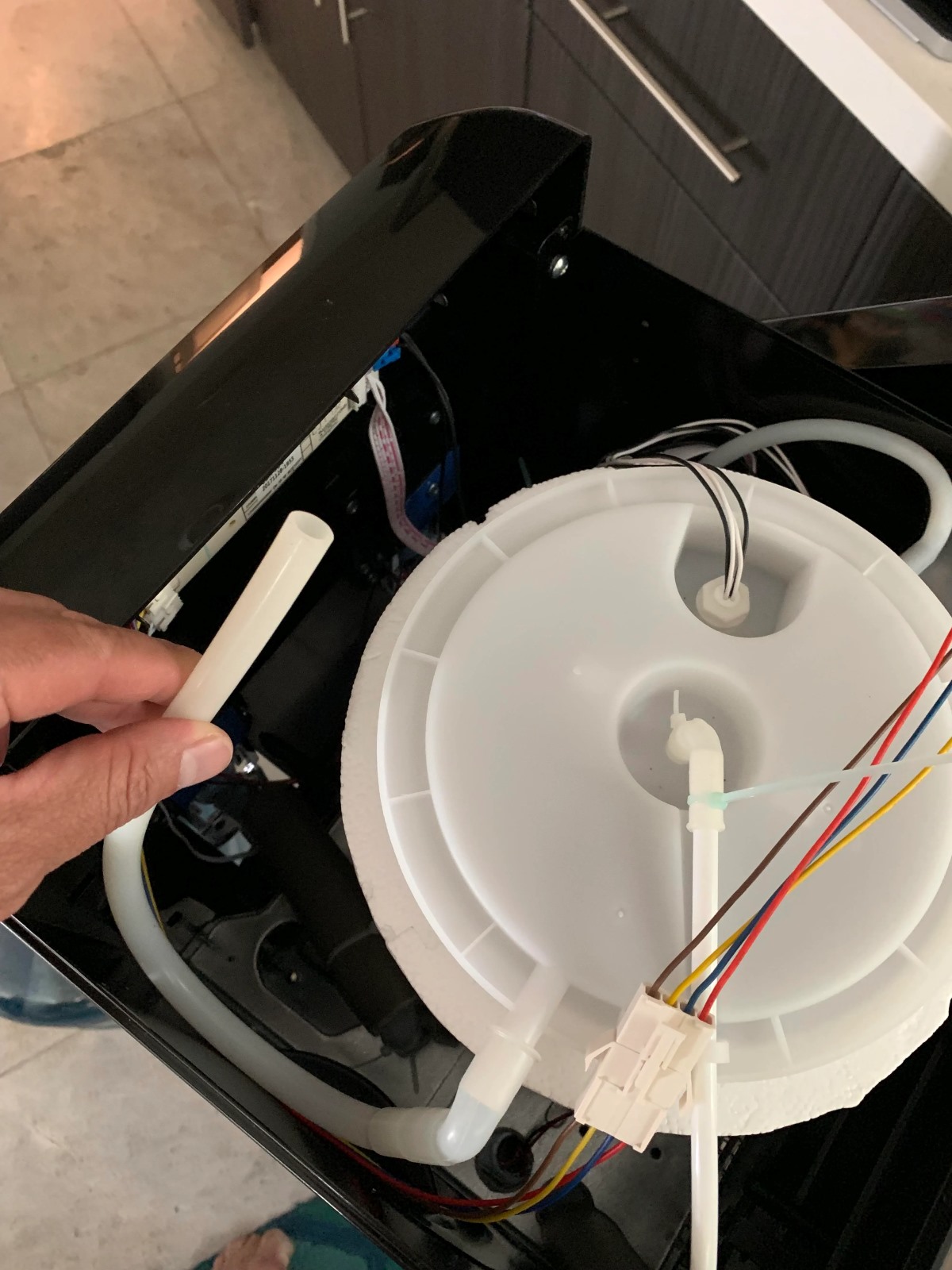
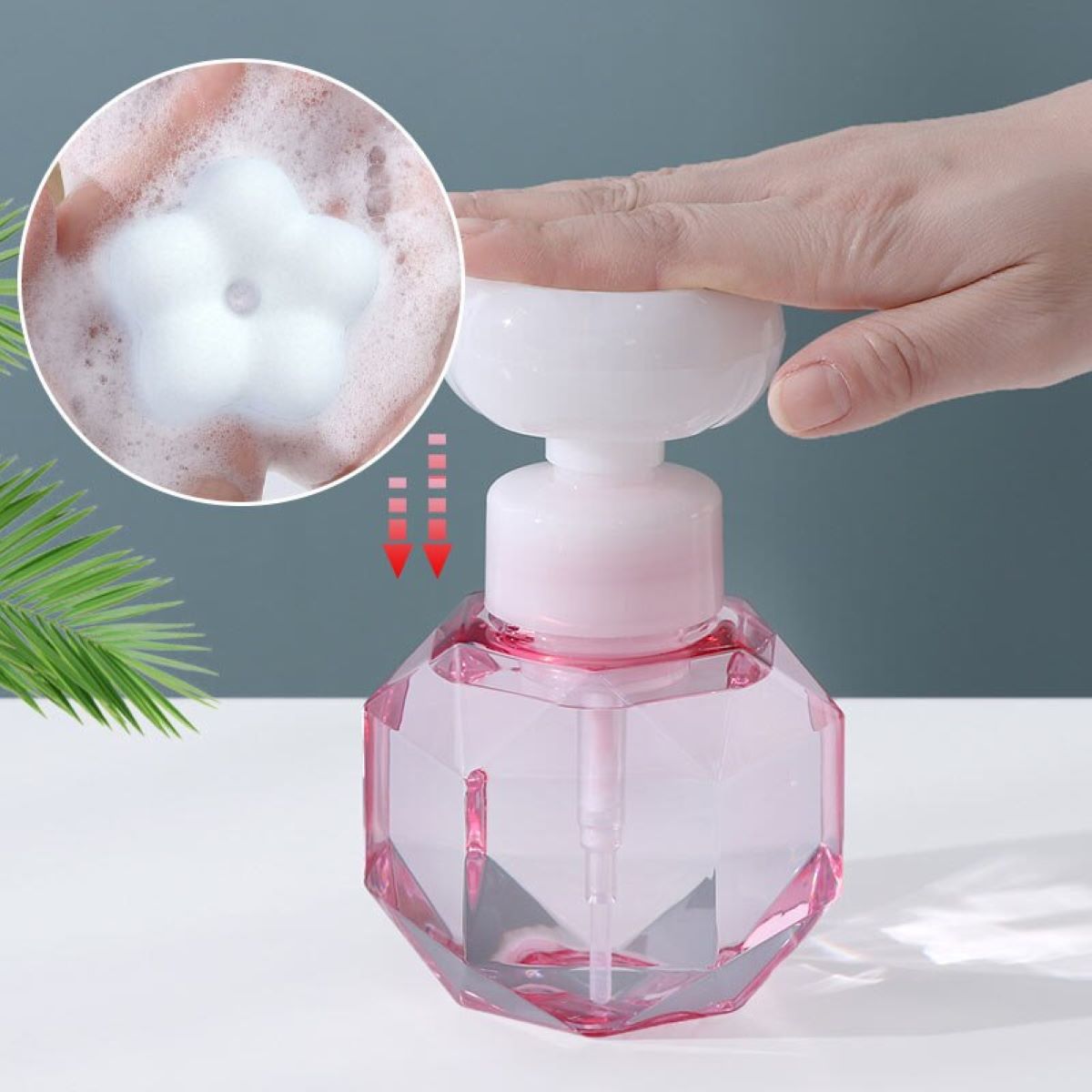
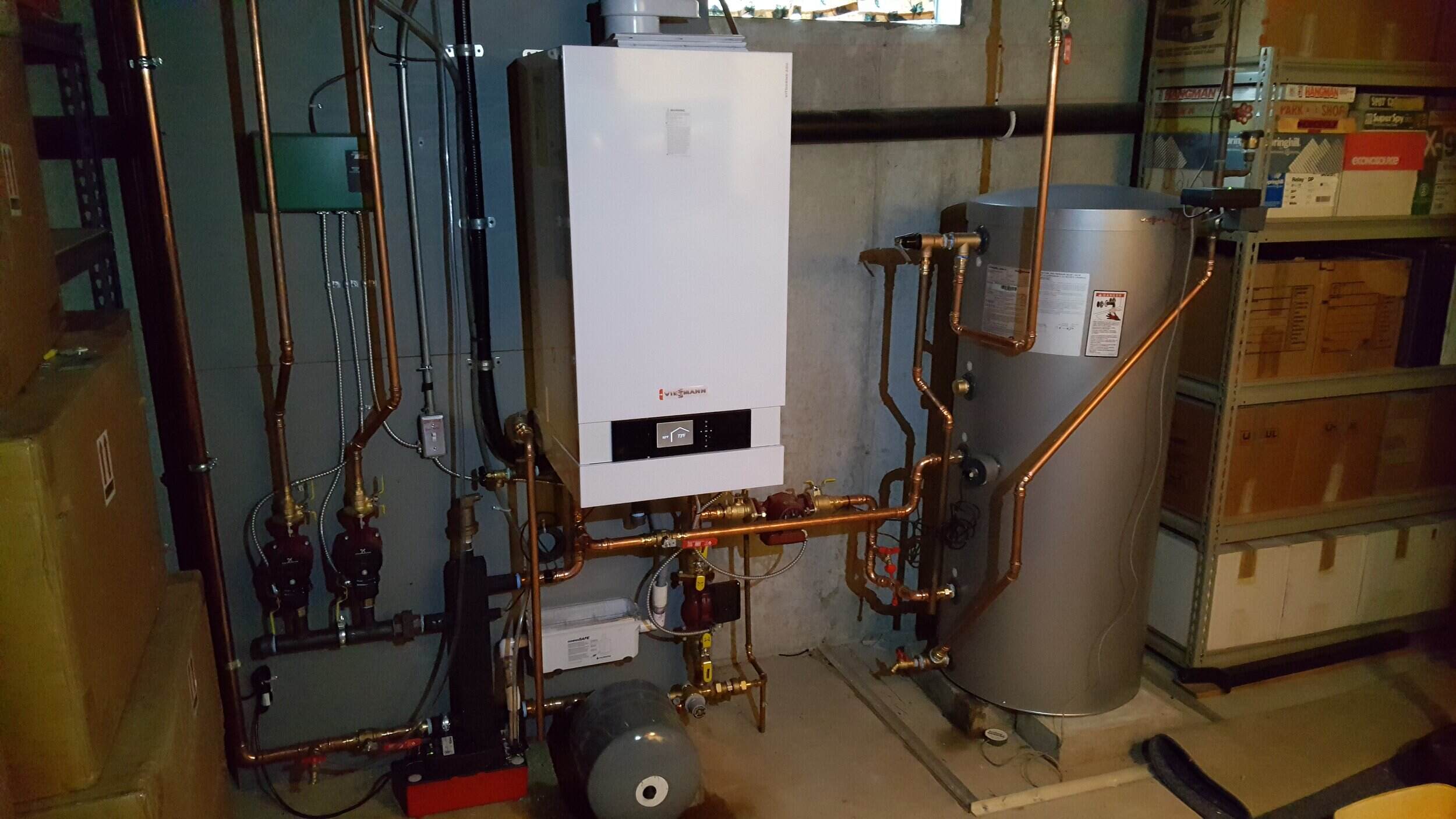

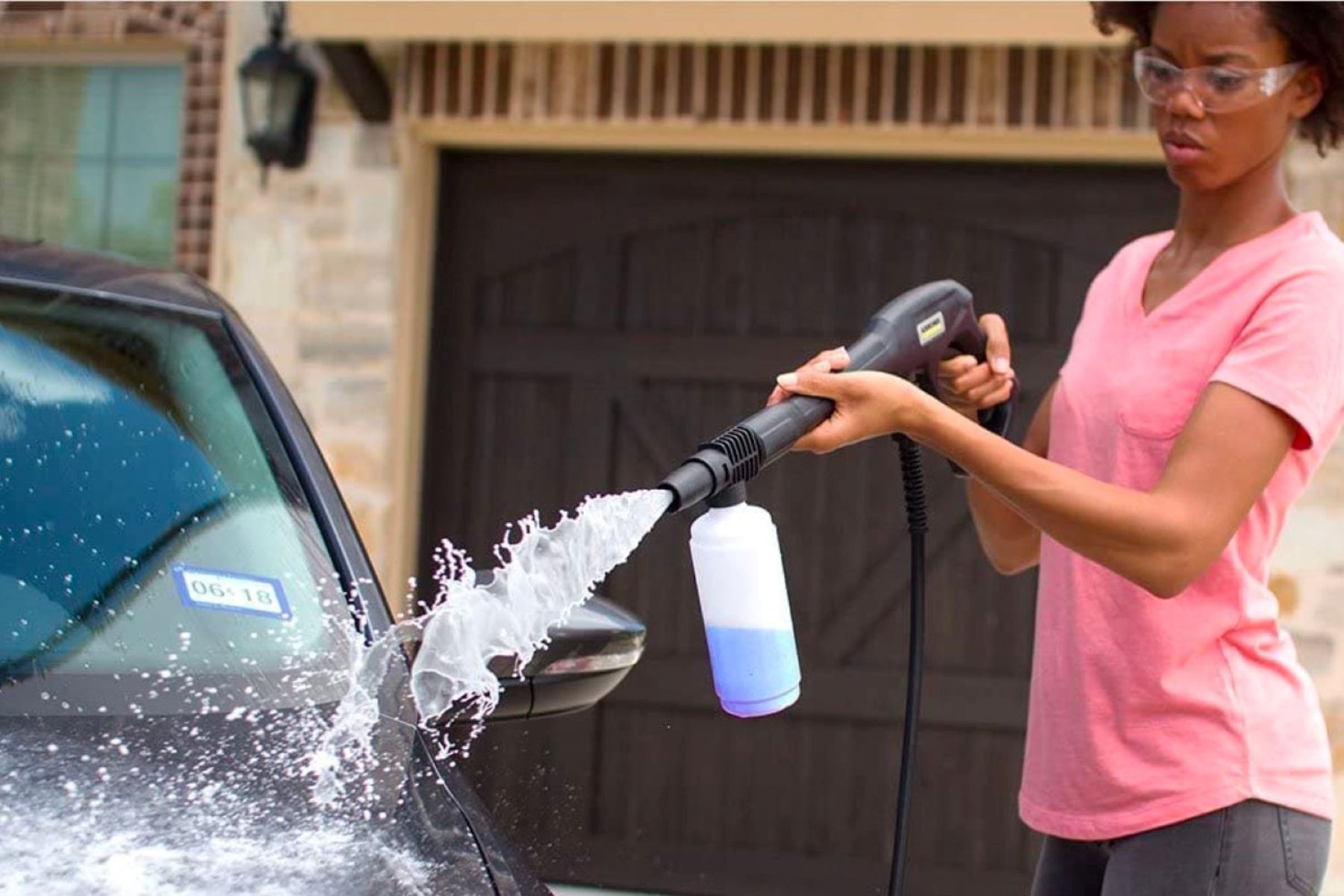
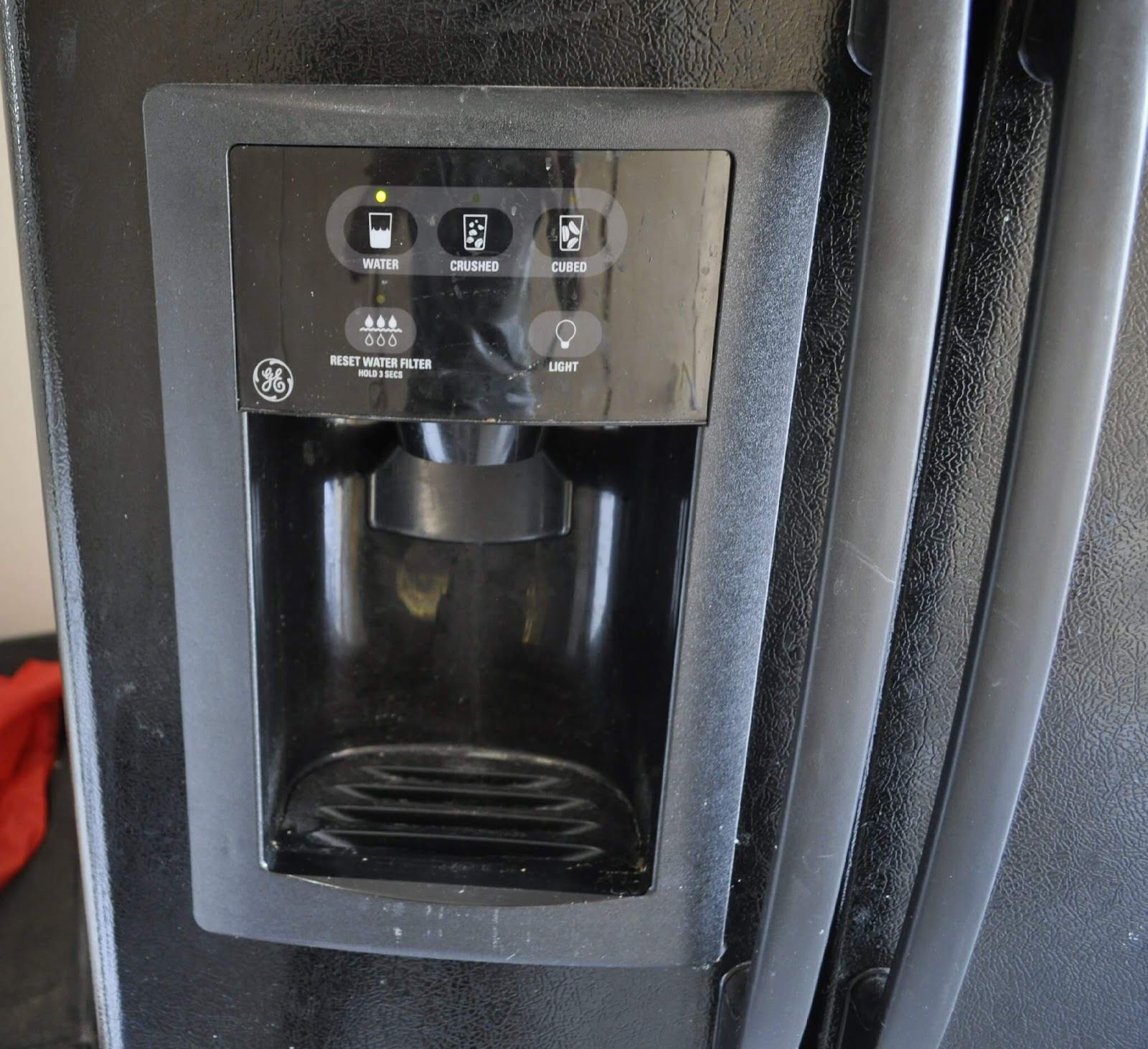
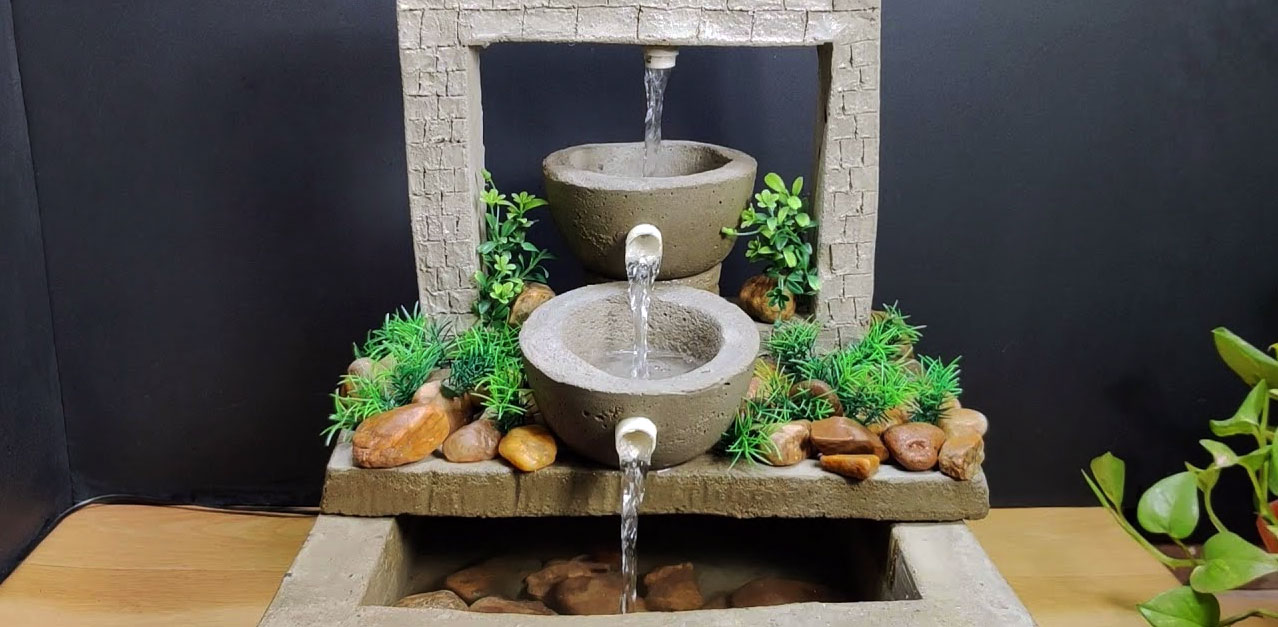
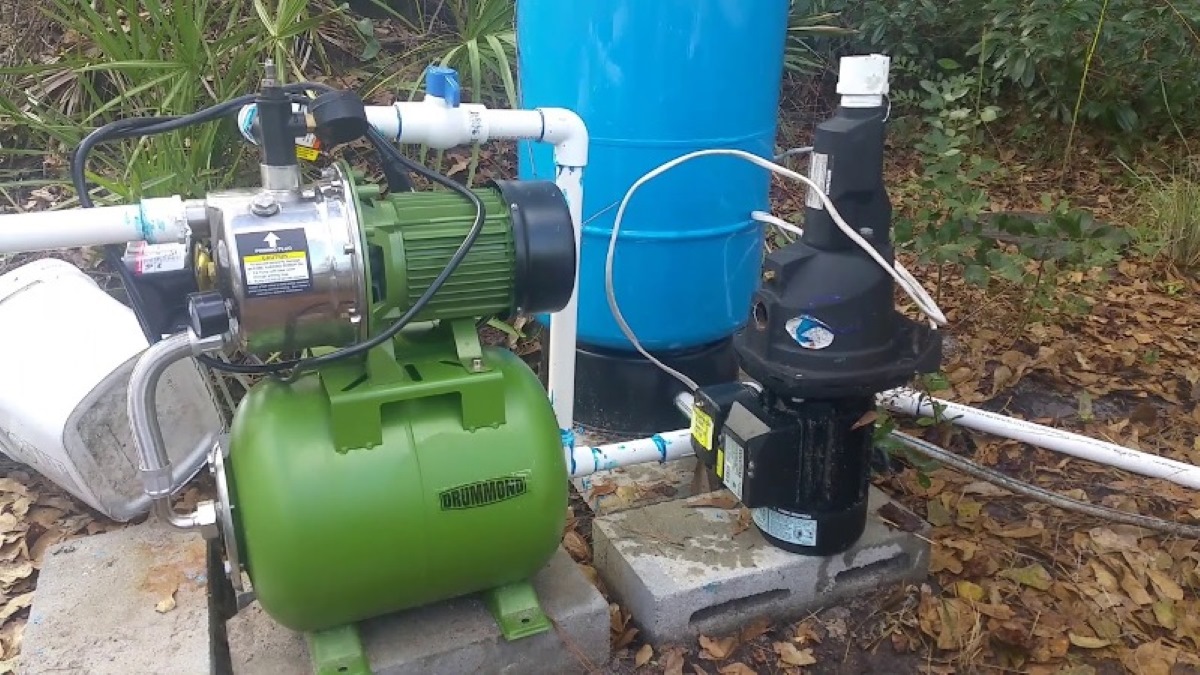
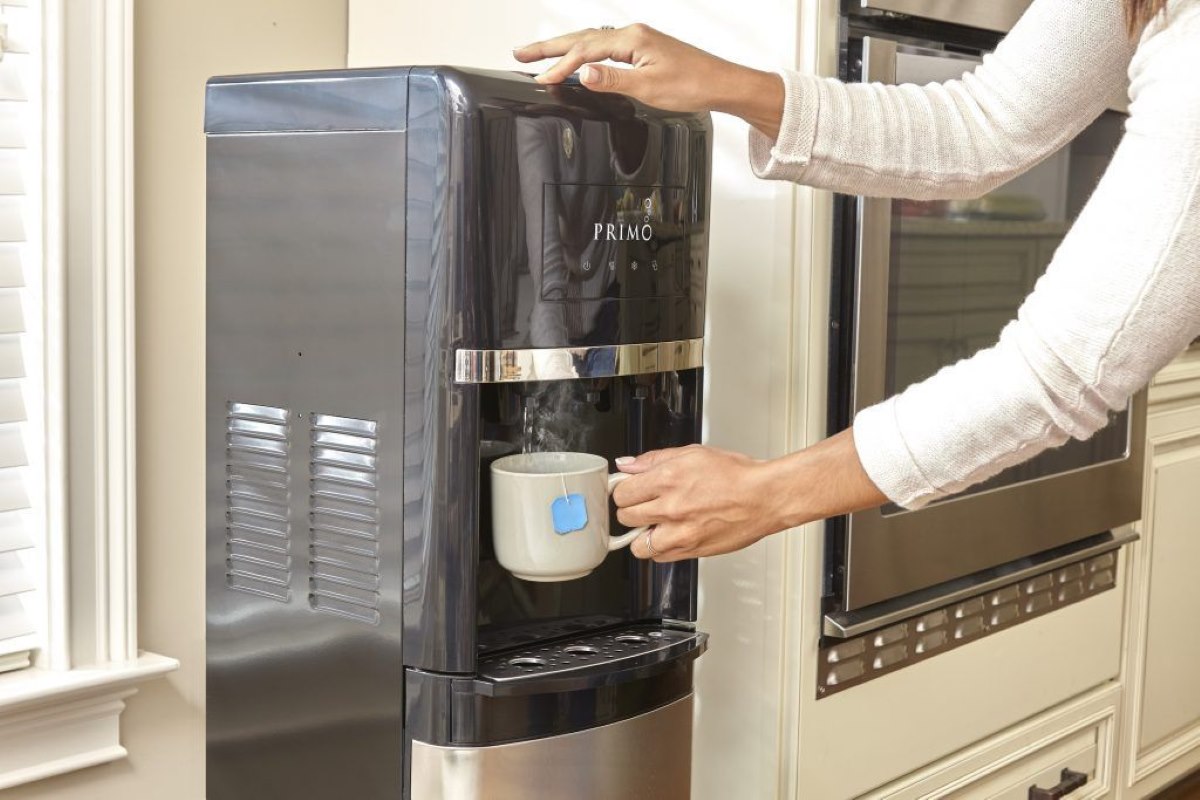

0 thoughts on “How Does Water Dispenser Work”